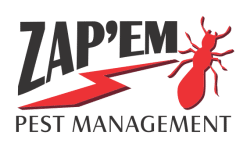Pest entry points: where to look and how to stop insects coming in
Unwanted pests can quickly turn your peaceful home into a source of frustration and concern. In this guide, we’ll be “Uncovering Hidden Pest Entry Points in Your Home: Where to Look and How to Seal Them”. From the common types of house pests in Australia, to the damage and risks they pose, we will help you identify potential pest entry points in your home, and offer essential techniques for pest-proofing. Let’s explore how to safeguard your domicile from these unwelcome intruders.
But what do you do when your best efforts aren’t enough? Don’t worry, we’ll also advise you on when to seek professional help for pest control and the benefits of such services. Get ready to regain the comfort and tranquility of your home by ensuring it remains pest-free.
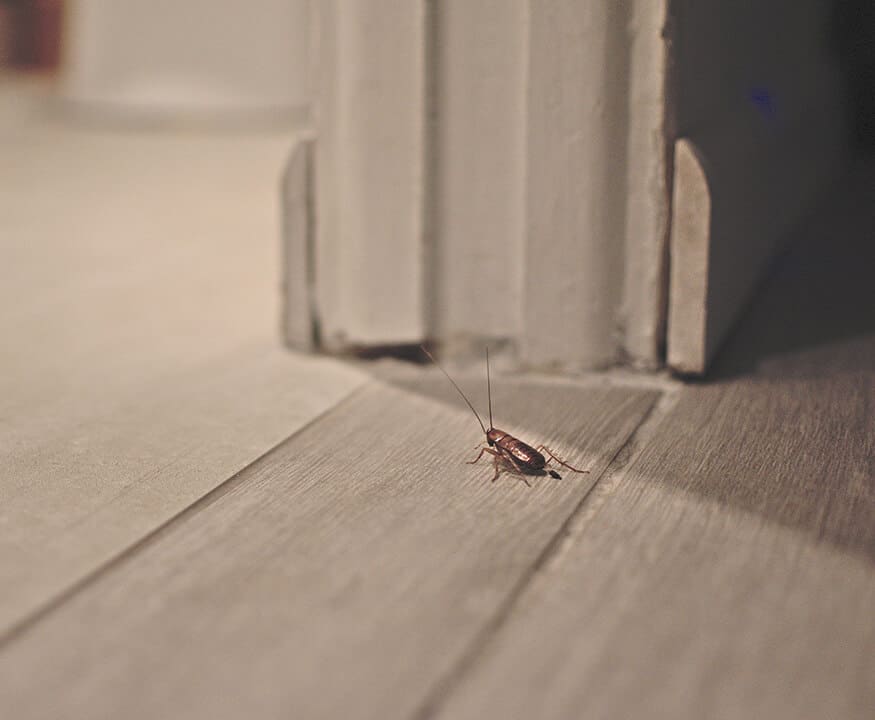
Understanding the Importance of Pest Proofing Your Home
As an Australian homeowner, you’re undoubtedly aware of the wide variety of pests that can infest your home. Critters such as insects, rodents, birds and more can pose significant damage to your property and risks to your health. Pest proofing isn’t just about maintaining a clean and comfortable home; it’s about safeguarding your living space and avoiding the financial and emotional stress of severe infestations.
Common Types of House Pests in Australia
In Australia, we share our territory with a unique array of critters. Familiar offenders include cockroaches, mice, rats, ants and termites. However, due to our diverse range of climates, we also face issues with pests like spiders, flies, wasps, possums, and even birds.
Damage and Risks Associated with Household Pests
Pests are much more than a nuisance; they can lead to significant damage to your home. Termites, for example, are notorious for their destructive appetite for wood, potentially causing structural damage over time. Rodents, on the other hand, can chew through wires, creating fire risks, while also spreading dangerous diseases. Even smaller pests, like cockroaches and ants, can contaminate food and surfaces with bacteria and allergens, threatening your family’s health.
Moreover, pests can greatly decrease your property value and cause sizable repair costs if left unchecked. Thus, understanding pest proofing methods can save you substantial financial hassle in the long term.
Identifying Common Pest Entry Points
Small cracks and openings in your home’s walls, flooring, and foundations can provide easy entry points for pests. Insects and spiders, for example, are adept at slipping through tiny crevices. Similarly, rodents are capable of squishing their bodies to fit through surprisingly small gaps.
Regularly inspect your home’s exterior and interior for cracks, holes, or gaps. This includes paying extra attention to the areas where your home’s foundations meet the ground and where your walls meet your roof.
Doors and Windows: First Line of Pest Entry
Doors and windows are among the first places pests try to gain entry into your home. Damaged or poorly fitting doors, windows, screens, and weather stripping can allow pests inside.
Regular inspection and maintenance of these areas can go a long way in preventing a pest invasion. Be sure to pay attention to the condition of your window screens, the seals on your doors and windows, and any gaps under doors.
Roof Vents and Chimneys: Unseen Pest Access
Birds, bats, and squirrels often enter homes through roof vents, chimneys, or other openings high up. Once inside, they can cause a wide range of problems, from noise and smells to damage related to their nesting and feeding habits.
Ensure your roof vents are fitted with screens and your chimney is capped to deter these pests. Also, inspect these areas regularly for signs of pest activity.
Utility Lines and Pipework: Paths for Pests
Pests can take advantage of utility lines and pipework to make their way into your home. Rodents, in particular, are known for using pipes and wires as highways into and throughout buildings.
To combat this, seal around utility entry points where they penetrate walls, and consider installing rodent-proof fabric around pipes that lead to your home.
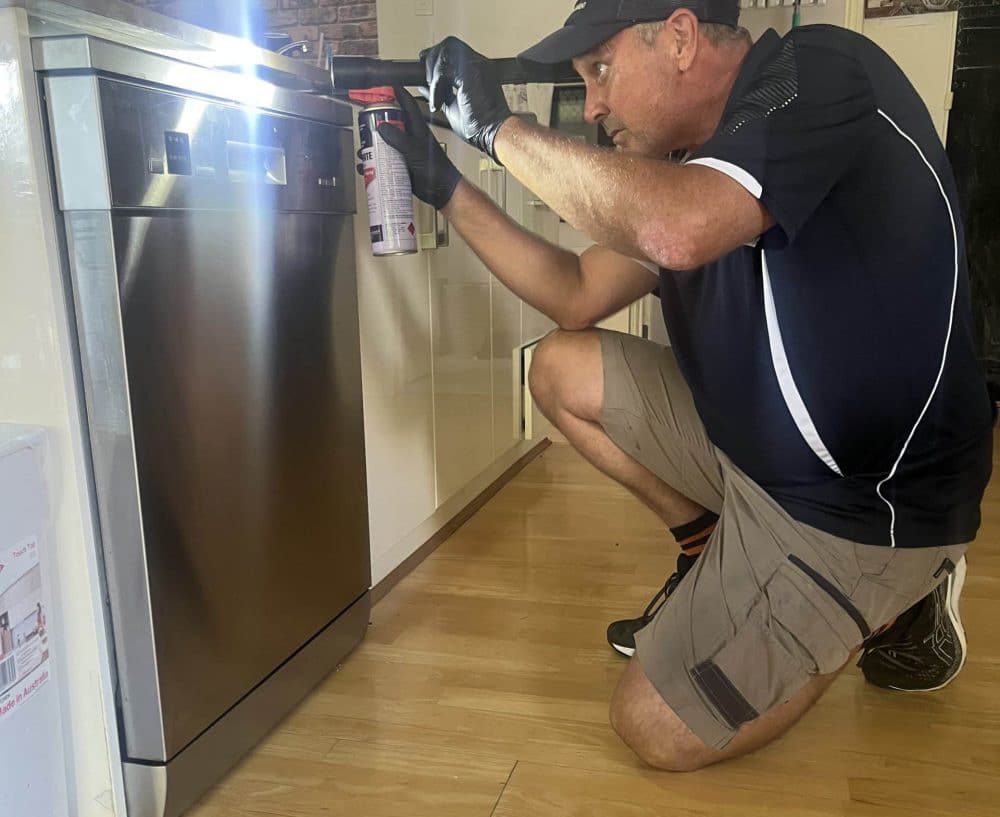
Essential Techniques for Pest-Proofing Your Home
As a homeowner, it’s imperative to keep pests at bay to maintain a clean, healthy, and damage-free environment within your home. Luckily, there are several techniques you can use to ensure your home remains a pest-free zone. Let’s explore some of these methods.
Sealing Cracks and Openings
One of the best ways to start pest-proofing your home is by sealing any cracks and openings. These are common entry points for pests. Use a quality caulking compound to seal gaps in walls, floors, and around doors and windows. This not only stops pests in their tracks but can also help improve the energy efficiency of your home.
Installing Barrier Screens and Door Sweeps
Barrier screens, particularly when fitted on windows, vents, and chimneys, are an effective way to prevent pests from entering your home. Additionally, installing door sweeps on exterior doors can block potential entrances for ground-based pests like cockroaches and rodents.
Proper Waste Management and Pest Attractants
Improper waste management can swiftly turn your home into a hotspot for pests. It’s essential to dispose of garbage regularly and properly, and ensure that your bins are always tightly sealed. Further, avoid leaving food or drink out for long, as these can also attract pests.
Regular Cleaning and Maintenance to Deter Pests
A clean home is less likely to attract pests. Regular cleaning and maintenance, including vacuuming and dusting, can help to deter pests. Take extra care to clean the kitchen and dining areas, where food crumbs may accumulate. Also, don’t forget to maintain your yard, as overgrown vegetation could provide a breeding ground for pests.
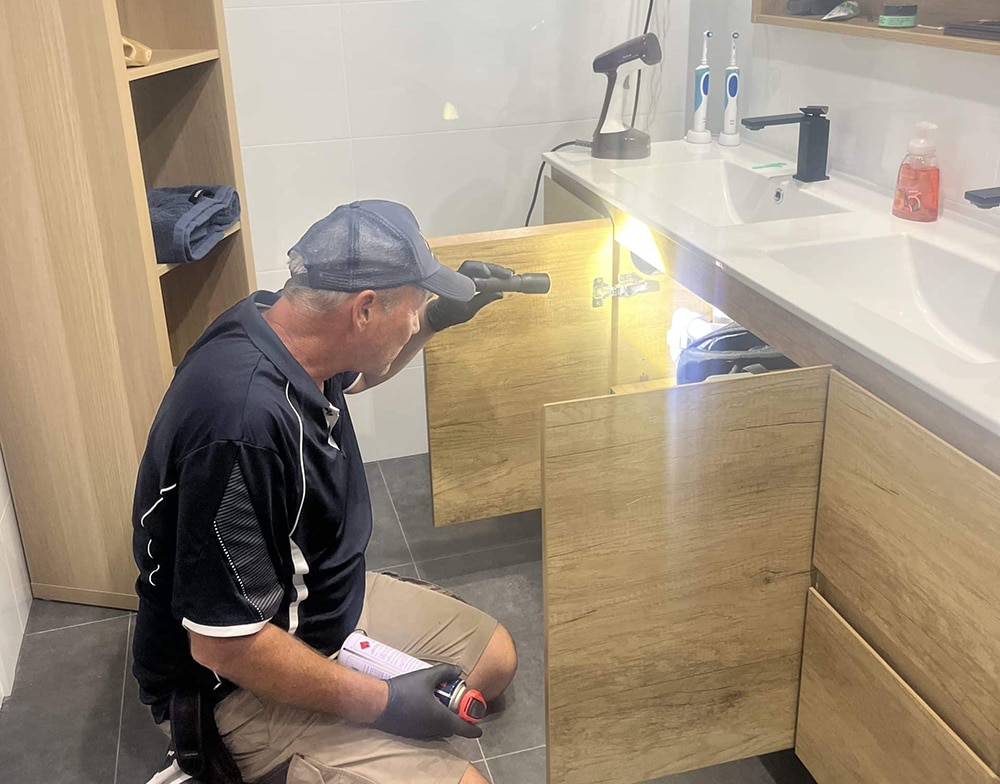
When to Seek Professional Help for Pest Control
There are stark differences between a minor pest issue and an alarming infestation, and it’s crucial to recognise them. Understanding when to seek professional help can save your home from severe damage and your family from potential health risks.
Signs of Large or Recurring Pest Infestations
The first signs of a large or recurring pest infestation may include unusual sounds at night, largely increased pest sightings, damage to your property, or pest droppings. If you notice nests or large amounts of dead pests around your home, those are clear indicators of a longstanding infestation.
Unusual smells may also point to a possible infestation, as pests like mice and rats often leave behind a musky scent. Similarly, wood dust or damaged woodwork in your home can signify a termite problem.
Pest Species That Require Professional Control
Certain pests, due to their nature and potential harm, require immediate professional intervention. These include and are not limited to:
- Termites: Known to cause significant structural damage if left unchecked.
- Bedbugs: Their bites can cause itchy welts and lead to skin infections.
- Cockroaches: These pests spread diseases and cause allergies.
- Rats and mice: They ruin food supplies and can spread deadly diseases.
Pests like these prove incredibly challenging to manage without professional help due to their resilience, rapid multiplication and potential to cause harm.
Benefits of Professional Pest Control Services
Implementing home solutions for pest control is only temporarily effective. Ultimately, professional pest controllers have the training, equipment and deep knowledge to diagnose and treat the root of the problem.
They safeguard your home against future invasions by identifying potential access points and recommending necessary home improvements. Professionals also manage the pest extermination process safely, without posing harm to your family or the environment.

Summing Up: Essential Steps Towards a Pest-Free Home
Ensuring your home is pest-free is of the utmost importance as it safeguards both your property and health. The common types of house pests in Australia can cause significant damage, hence the importance of identifying their entrance points like cracks, doors, windows, roof vents, chimneys, and utility lines.
The article also highlighted a range of techniques for pest-proofing your home, such as sealing openings, installing barrier screens and door sweeps, managing wastes appropriately, and regular cleaning. Remember, all these efforts will significantly minimize the risks posed by these unwanted visitors.
Lastly, when a pest infestation becomes extensive or recurrent, or when dealing with certain pest species, seeking professional help is advised. Not only will it guarantee efficient pest eradication, but it also offers a long-term solution to your pest issues.
